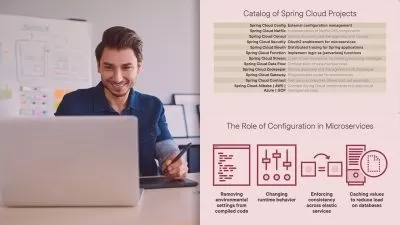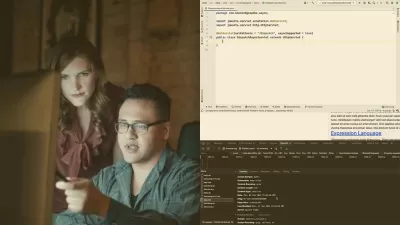Java: Writing Readable and Maintainable Code
Andrejs Doronins
2:23:36
Description
Learn how to write clean, readable, and maintainable code that human beings can read and understand clearly.
What You'll Learn?
Most software is built to last a long time, and one of the key challenges is to keep technical debt at bay. Applying fundamental principles of clean code is crucial to the long-term success of any software project. In this course, Java: Writing Readable and Maintainable Code, you will gain the ability to write high quality code that others will enjoy reading and working with. First, you will learn the importance of naming and how to choose great names for your classes, variables, and methods. Next, you will discover the pitfalls of Java constructors, methods, tests, comments, and exception handling before examining how you can either prevent or overcome them. Finally, you will learn some hands-on practical tips on how you can maintain the top quality of your code. By the end of this course, you will have the necessary skills to write clean, readable and maintainable code that human beings can read and understand clearly.
More details
User Reviews
Rating
Andrejs Doronins
Instructor's Courses
Pluralsight
View courses Pluralsight- language english
- Training sessions 66
- duration 2:23:36
- level average
- Release Date 2023/10/11











